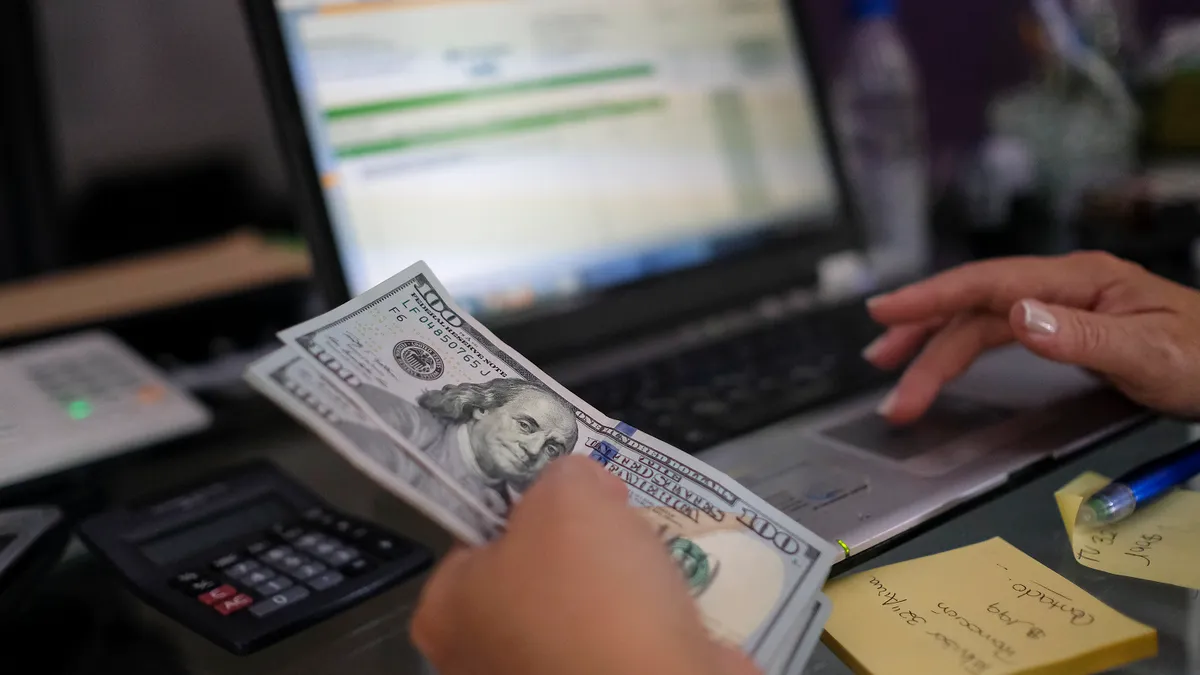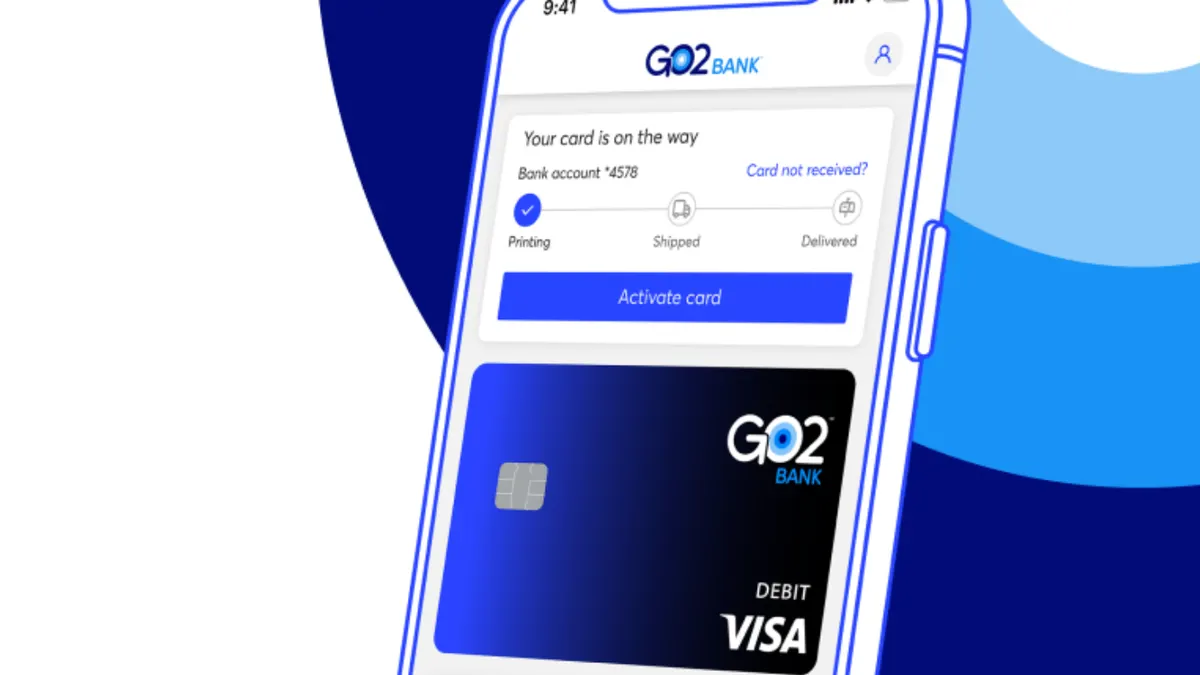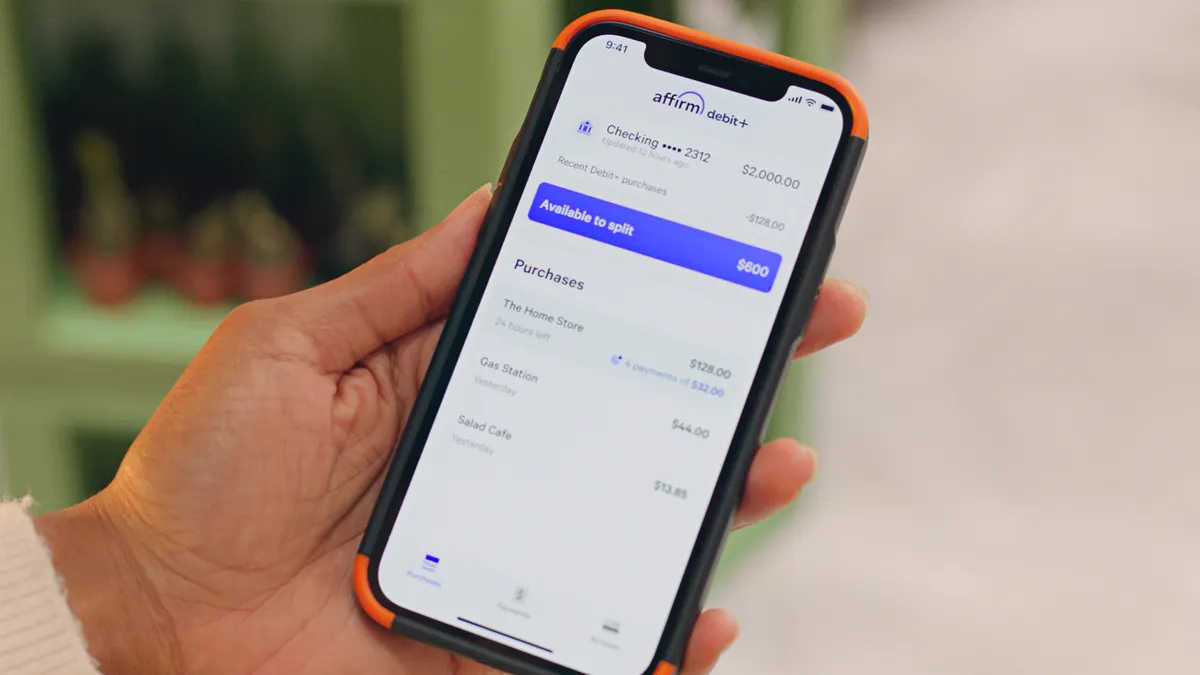For all of the payments innovation that’s occurred on the consumer side, advancements within the business-to-business payments space have been far slower to arrive.
Enter the COVID-19 pandemic. Certain pain points have persisted for years, but recognition of how to address them "dramatically increased during the pandemic," said Steve Murphy, director of consulting firm Mercator Advisory Group’s commercial and enterprise payments advisory service.
The pandemic "created this fast-forward motion," forcing greater reliance on technology when businesses found themselves without access to their mail during lockdowns, or workforces became distributed, said Erika Baumann, director of commercial banking and payments at research firm Aite-Novarica Group.
What’s become expected in business-to-consumer payments has driven changes in B2B payments. The biggest focus is speed, Baumann said. Businesses crave faster payments – through payment innovations like RTP, the real-time payment system offered by the bank-owned Clearing House, and the federal government's yet-to-be-launched FedNow system, she said. Faster data is key too, she noted.
"We have become programmed, as individuals and consumers, to know that payments can happen faster and more efficiently, and so now we desire that in the business world as well," Baumann said.
How payments will change post-COVID
Companies may look beyond ACH (Automated Clearing House) payments, wire transfers and checks to consider newer alternatives like digital wallets or cryptocurrencies.
"The five-year plan of digitizing your business became six months," said Bar Geron, cofounder and CEO of Balance, an international B2B firm that aims to simplify and scale payment processing. His business operates from offices in San Francisco and Tel Aviv.
Automation is another area of B2B payments technology expected to take off this year.
Estimates of the worldwide B2B market opportunity stretch to $200 trillion in payments volume, according to Balance. Investment bank Goldman Sachs forecast it could reach that lofty level by 2028.
Major players like Stripe, BillPay and Square as well as up-and-coming competitors, such as Veem, Melio and Paymerang, are seeking to digitize that B2B payments traffic.
Many B2B payments are still made by check and the broader landscape is "stuck in technology from 20, 30, 40 years ago, in a lot of ways," said Danny Martucci, president of Atlanta-based Corpay One, a digital bill pay platform for small businesses.
Banks have automated and digitized some of their services, Martucci noted, but there’s also a new crop of software solutions offering all-in-one platforms that can unify and automate a number of different payment functions. "That’s kind of the new frontier here," he said.
Accounts payable, receivable
On both the send and receive side of business payments, "it all comes down to automation," Baumann said, because it’s more cost-efficient and less prone to error.
On the accounts payable side, the market is moving more toward intelligence payables, Baumann said, meaning a business would have a single file with information for all payments, and the financial institution or payments provider handling routing would assess when and through what forms those payments need to be made.
That ability is highly appealing to businesses but not yet widely available, she said, adding that she expects the B2B space will see "a rash of these solutions in 2022" from banks and fintech providers.
On the receivable side, businesses face the headache of sifting through incoming payments and information related to them – which can arrive via email, mail or even fax – and inputting data. An integrated receivables solution takes all payments that have come in, automatically pulls invoices and matches them. That automation is crucial, Baumann said.
"Reconciliation should be automated completely," Balance's Geron said. "How can you scale accounts receivable when everything is so manual?" The future will revolve around the "ability to automatically reconcile, and to manage payment terms in a better way."
Large companies, rather than looking at point solutions for AP or AR, are considering, "How do I connect everything and make it more efficient end-to-end?" Mercator's Murphy said. The more they can digitize processes, the more information is at their disposal for better payment decisions.
More are adopting application programming interfaces, enabling visibility across all of their financial operations, Murphy added, and using tools like supply chain finance marketplaces, where funders can use a single platform and bid on receivables or invoice financing.
Improving cross-border payments
Cross-border payments, which have long been extensive and lacking in transparency, are another pain point for businesses, Murphy said.
Swift's enhanced gpi service as well as blockchain networks like Ripple are trying to reduce friction and increase efficiency in cross-border payments by using technology that makes the transactions "feel more like domestic payments," Baumann explained. That means removing the unknown settlement time, removing the unknown fees and mimicking the domestic payments experience.
Tools that are integrated into payments systems have better visibility with regard to data and can guide decisions, which "is a really important" advantage, Baumann said.
Corpay One currently offers a basic cross-border payment, but Martucci noted there’s not a lot of information about the exchange rate or whether the receiving bank has gotten the funds. "It’s kind of like, you throw it over the fence," he said, knocking the reliability of the service.
Corpay, owned by Atlanta payment cards and services company FleetCor Technologies, is integrating capabilities of its 2017 Cambridge Global Payments acquisition to enable more robust foreign exchange payments and solve for some of those reliability issues.
As companies digitize and automate, one of the biggest benefits, relative to older manual processes, is the ability to filter the data and use it for more accurate forecasting. Many elements of legacy processes lack visibility, Martucci said, and the shift to these modern payment platforms provides businesses with valuable data and insights.


















